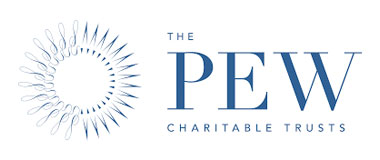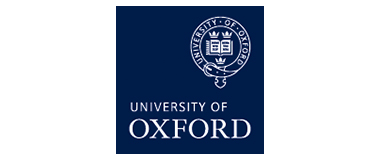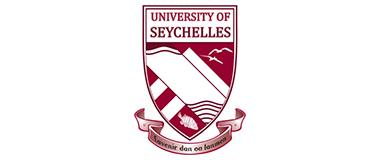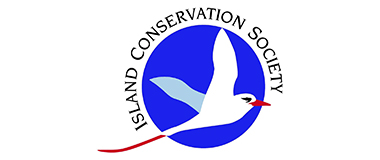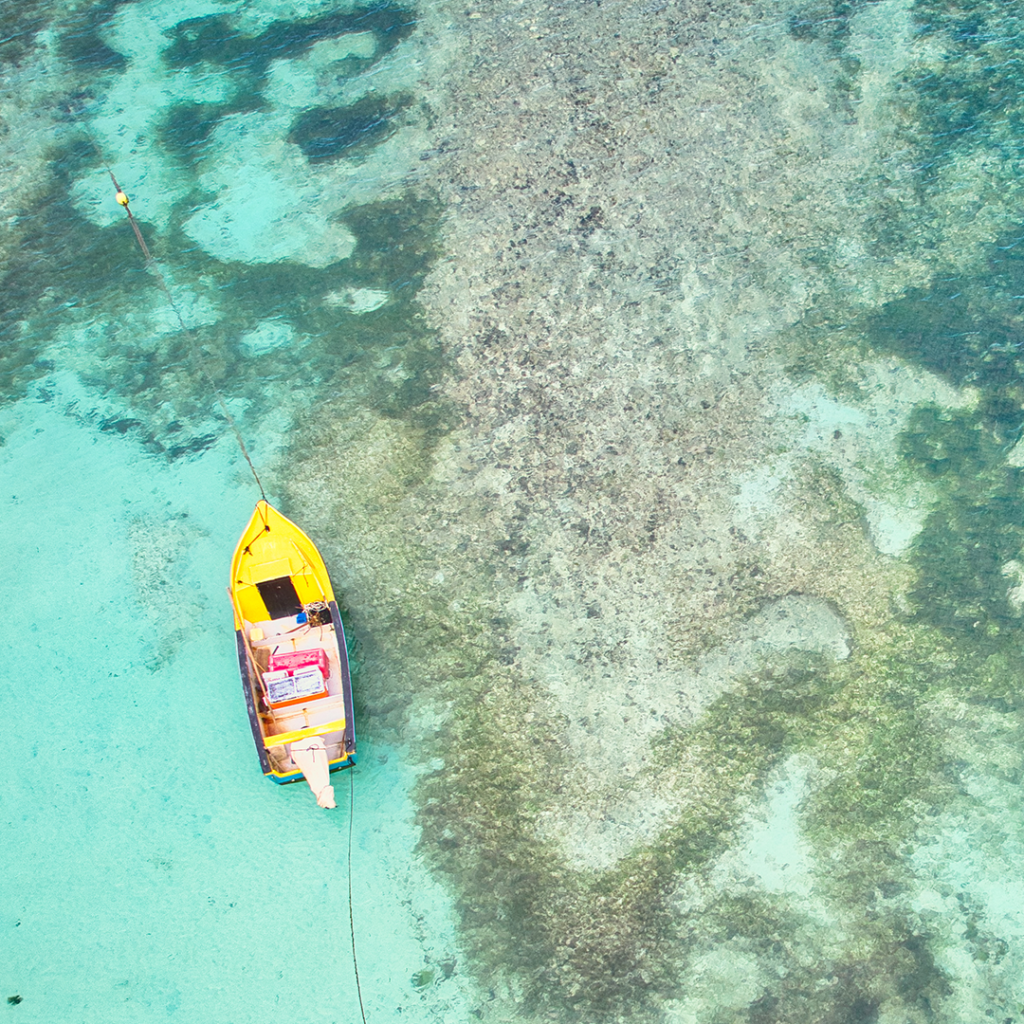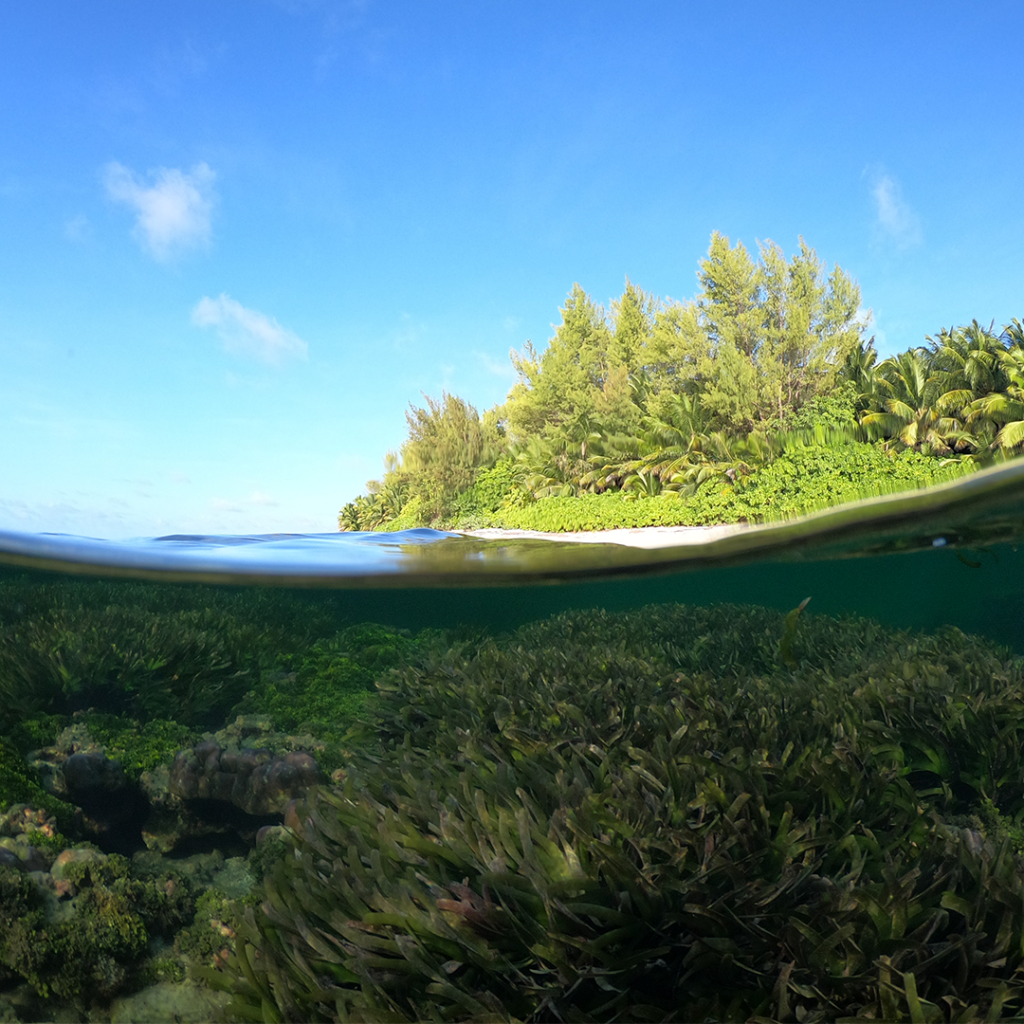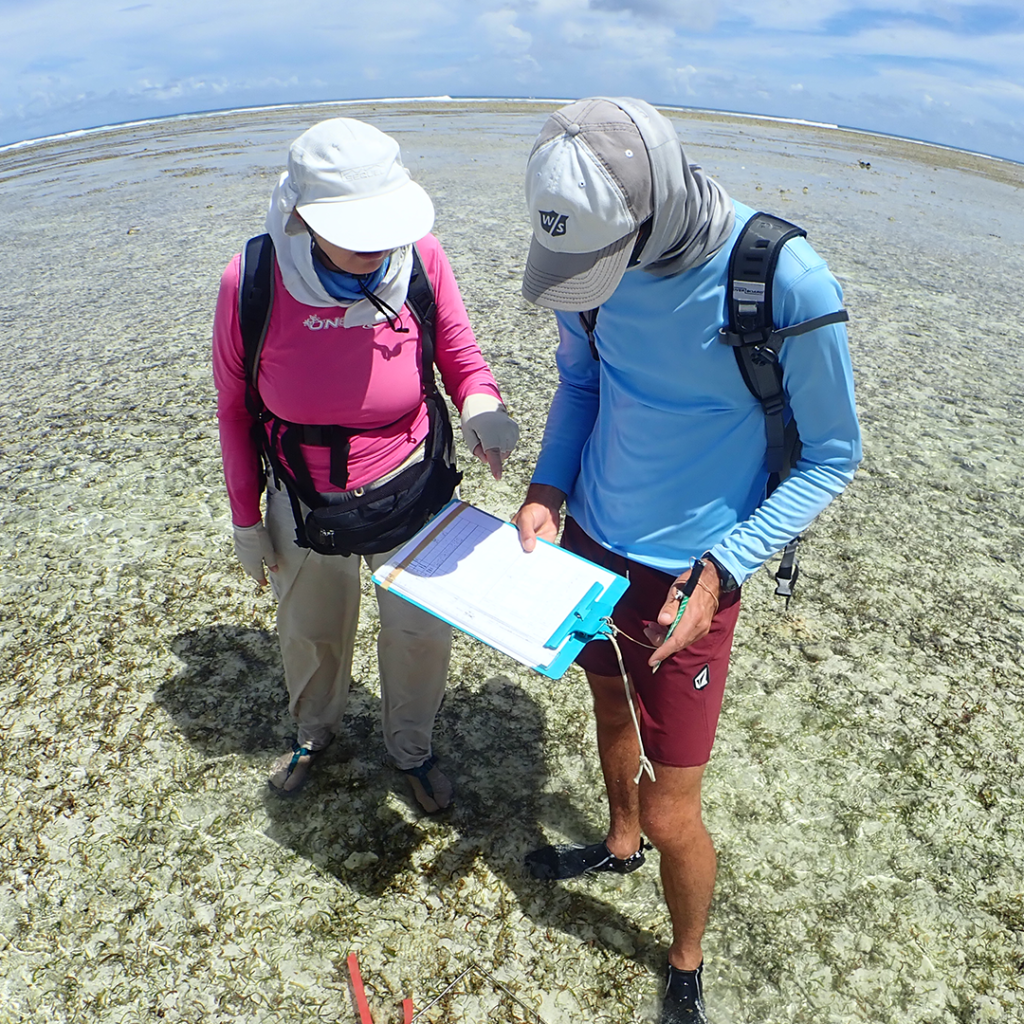COASTAL WETLANDS AND CLIMATE CHANGE
A project that provides Seychelles an opportunity to integrate blue carbon habitats within the country’s NDC for both its mitigation and adaptation value
BACKGROUND
In 2015, the international community signed the Paris Agreement, and in less than a year, the ambitious Paris Agreement was entered into force. Central to the Paris Agreement is the Nationally Determined Contribution (NDC). The NDC is a document countries use to communicate their contribution towards achieving the global temperature goal and the global goal for adaptation. The Seychelles submitted its Intended Nationally Determined Contribution (INDC) in 2015, which was revised in early 2021.
Within the Seychelles’ NDC, reference is made to the absence of blue carbon habitats in its national greenhouse gases emissions inventory. With the Coastal Wetlands and Climate Change Project and the Ministry of Agriculture, Climate Change and Environment and SeyCCAT provides the Seychelles an opportunity to integrate blue carbon habitats, in particular seagrass meadows and mangroves respectively, within the country’s NDC for both its mitigation and adaptation value.
PARTNERS

